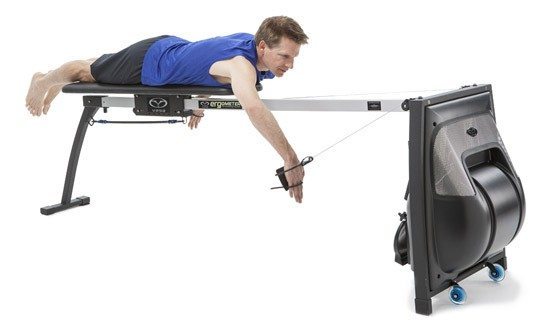
Learning To Swim On Land
Learning How to Swim on Land
Learning how to defend oneself is an important skill, but some approaches to learning how to fight may not be as effective as they seem. The idea that one can learn how to fight by simply memorizing moves and techniques is a flawed approach, much like learning how to swim on land. In this article, we’ll explore why relying solely on forms and memorization is not enough to prepare oneself for a real-life altercation, and why it’s like trying to learn how to swim on land.
Memorization of One Thousand Steps
Moves memorization are often used in martial arts training to develop muscle memory and coordination. While they can be useful in some aspects, they are not sufficient to prepare someone for a real fight. Memorization alone does not prepare a person for the chaos and unpredictability of an actual assault, much like how learning the movements of swimming on land does not prepare a person for the feeling of being in water. In addition, moves memorization do not teach a person how to react in real-time to the unexpected movements of an attacker.
Training with Limitations on Where You Can Striking: An Incomplete Approach
In some martial arts training, there are limitations on where one can strike during practice. While this may help develop control and precision, it can also create an incomplete approach to training. In real-life situations, there are no rules governing where one can strike. Practicing only on a limited set of targets can leave a person unprepared for the violence and unpredictability of a real fight, much like how practicing swimming movements on land will not prepare a person for the sensations and reactions of being in water.
Training Without Exposure to Real Violence: A Dangerous Gap
Training without exposure to real violence can create a dangerous gap in a person’s training. Without experiencing real violence, a person cannot fully appreciate the chaos and unpredictability of an actual altercation. This can lead to a false sense of confidence, as they may believe they are prepared for a real fight when they are not, much like how a person who has only learned swimming movements on land may believe they are prepared to swim in water.
In conclusion, relying solely on moves memorization, and limited training can create an incomplete approach to learning how to fight, much like how learning swimming movements on land can create a false sense of preparedness for swimming in water. To fully prepare oneself for a real fight, one must train with the understanding that real violence is unpredictable and chaotic. By recognizing this, a person can develop the necessary skills to react in real-time to unexpected movements and attacks, much like how a person who learns how to swim in water can navigate the unpredictability of waves and currents.




